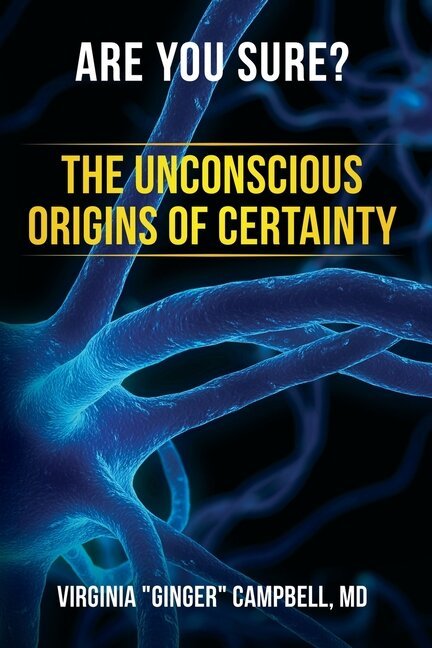Connectome Update (BSP 103)
/Olaf Sporns, PhD
The Human Connectome is a description of the structural connectivity of the human brain, but according to Olaf Sporns, author of Discovering the Human Connectome, this description must include a description of the brain's dynamic behavior. I first talked with Sporns back in BSP 74, but BSP 103 gave us a chance to talk about recent progress in connectomics.
Sporns sees the study of the brain's connections as fundamental to understanding how the brain works.
"It will allow us to ask new questions that perhaps we couldn’t ask before. It will be a foundational data set for us, just like the genome is. We will not be able to imagine neuroscience going back to a time when we did not have the connectome, but it will not give us all the answers.”
In his first book, Networks of the Brain, Sporns described how Network Theory provides important tools for dealing with the large data sets that are created by studying complex systems like the human brain. In BSP 103 we discuss both the challenges and the promise of Discovering the Human Connectome.
How to get this episode:
Premium Subscribers now have unlimited access to all old episodes and transcripts.
New episodes of the Brain Science Podcast are always FREE. The 50 most recent episodes are also free. Just subscribe in your favorite podcasting app.













